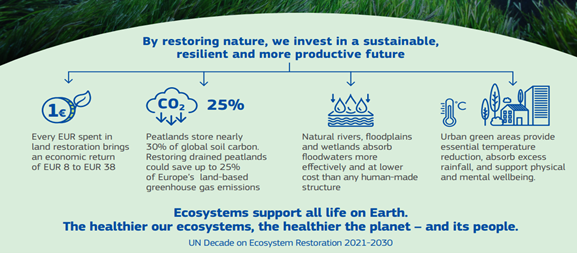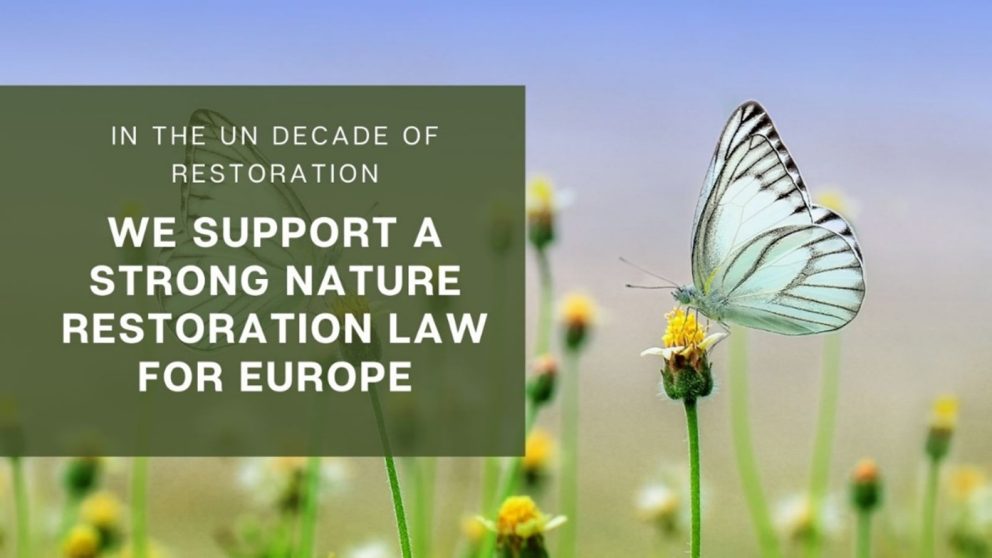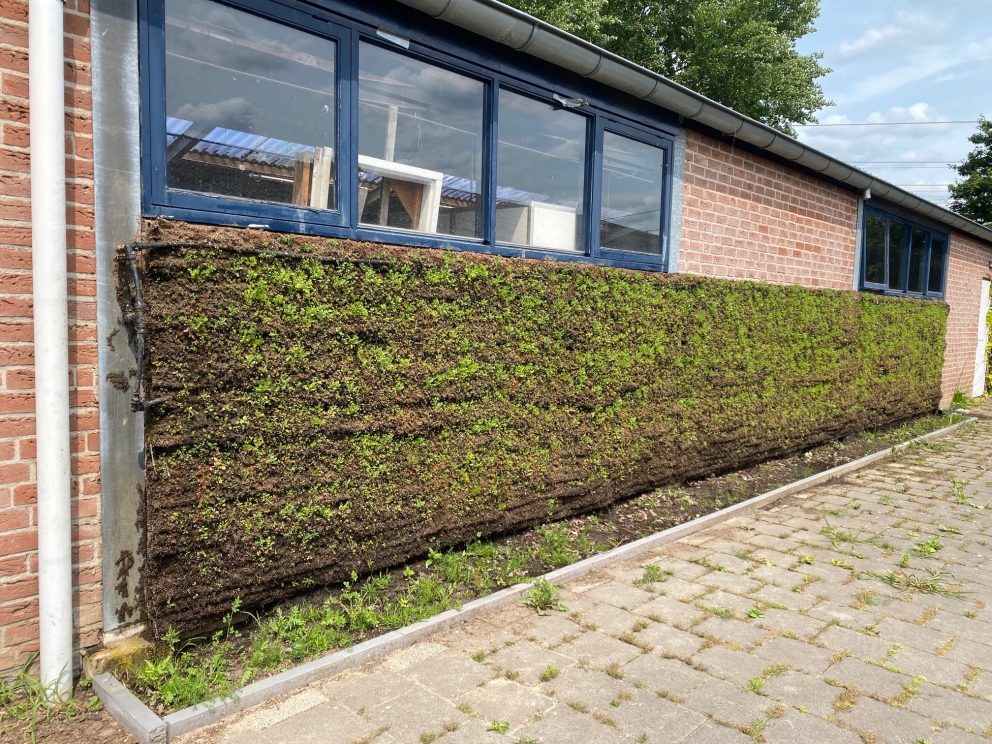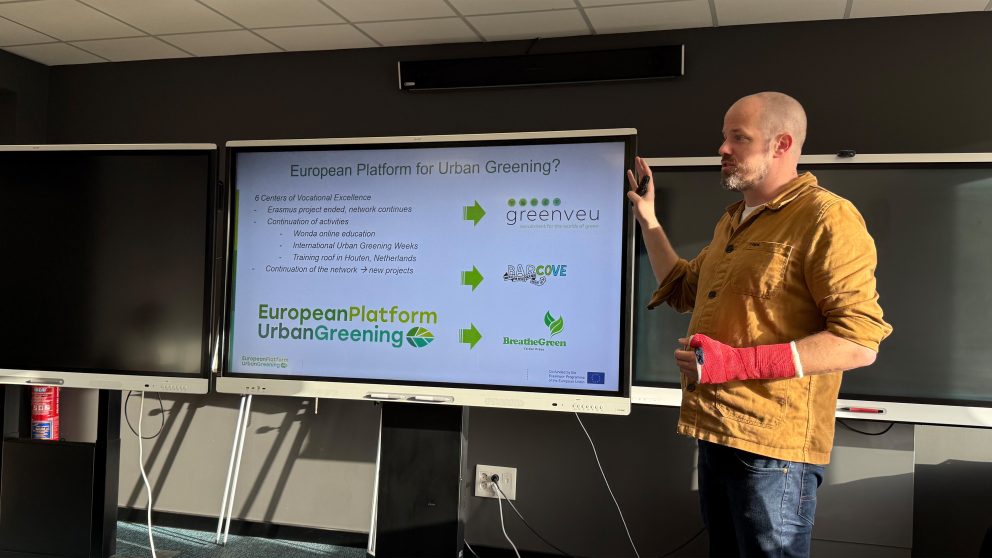Urban Greening in Europe has seen significant advancements in recent years, focusing on both ecological benefits and improving the quality of life for urban residents. Key developments include the growing popularity of green roofs and facades in various European cities, which for example help improve air quality and reduce the urban heat island effect. Heidi Kamerling, 'Green Liveable Cities' practor at Yuverta, wrote a paper on the Nature Restoration Law and its specific targets for urban ecosystems.
Ecological Corridors and Green Networks
Cities are also focusing on creating larger urban forests and parks, benefiting both the environment and residents’ mental health. Additionally, cities like Utrecht, Valencia and Copenhagen are creating ecological corridors and green networks that connect parks and natural areas, promoting biodiversity. These trends reflect Europe’s increasing focus on green mental health, biodiversity and livability through urban greening. Also local, national and EU legislation is having a big impact on the urban greening sector. One of the biggest is the Nature Restoration Law. It is not only there for natural areas but also for cities. In this paper we try to inform you regarding to that law in urban areas.
Large-scale Nature Restoration
The Nature Restoration Law is a regulation of the European Union to protect the EU environments and restore its nature to a good ecological state through renaturation. The Nature Restoration Law constitutes the first ever legal requirement for large-scale nature restoration with the aim of ensuring no further deterioration of protected habitats and species. The law is a core element of the European Green Deal and the EU Biodiversity Strategy and makes the targets set therein for the restoration of nature binding. Crucially, the proposed Nature Restoration Law covers terrestrial, coastal, freshwater ecosystems and urban ecosystems (European Parliament, 2024).
Targets for Urban Ecosystems
In this law there are the specific targets in the timeline for urban ecosystems:
- No net loss of urban green spaces and tree canopy cover with associated ecological values in every EU city, town, and suburb by 2030.
- A positive trend in urban green spaces and tree canopy cover with associated ecological values in every EU city, town, and suburb until a satisfactory level is reached, as agreed in the plans for 2040 and 2050. Special attention will be given to the net gain of green space integrated into existing and new buildings and infrastructure developments (including renovations and redevelopments).
- To meet the above objectives, local authorities must closely monitor the quantity and associated ecological quality of urban green spaces and tree canopy cover.
(for the articles in the law referring to urban ecosystems: see attachment 1)
Due to this law it will affect cities and hopefully is making a big impact on citizens: climate adaption (heath island effect), wellbeing and biodiversity.
Click here to read the full paper.








